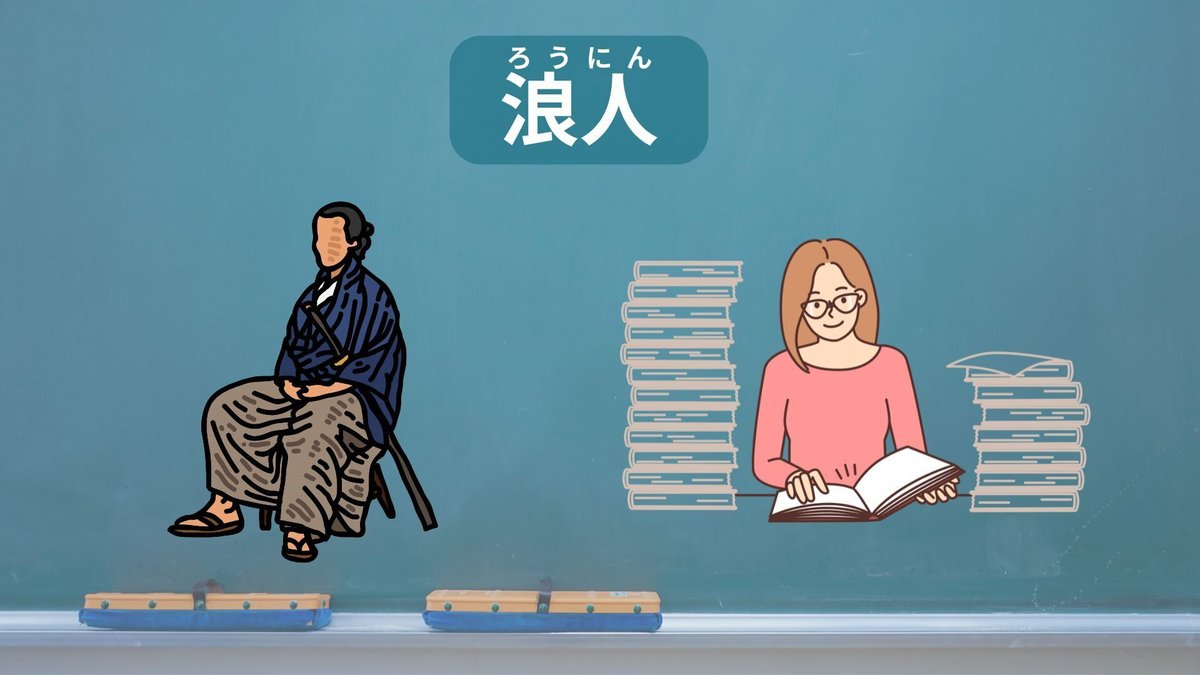
#19 Japan's University Entrance Exam System
Over the past two days, on the 18th and 19th of January, the "The Common Test for University Admissions", a major exam taken by many students aiming to enter Japanese universities this April, was held over two days. Have you ever wondered how Japanese high school students prepare and take on the challenge of university entrance exams?
In Japan, the school year starts in April, so the months between January and March are packed with university entrance exams. This time, I’d like to explain Japan’s university entrance exam system, including the required subjects and how students approach the process.
A High-Stakes, One-Shot System
There are many different type of examination system in the world. Some systems such as the IB system, measures academic performance through multiple tests over an extended period. On the other hand, Japan’s university entrance exams rely solely on the results of the tests taken on exam day like A-Level. To use a sports analogy, the IB system resembles a football or rugby league⚽️🏉, where consistency over time matters, while Japan’s system is more like boxing🥊 - a single, decisive match.
Which approach do you prefer?😁
National and Public Universities Require Two Stages of Testing
Earlier, I mentioned that Japan’s university entrance system is based on a single test. However, when it comes to national and public universities, the process is actually a two-stage testing system.
The first stage is the The Common Test for University Admissions, held in January. This is a standardised exam used by all national and public universities, where every test-taker answers the same questions. The exam is conducted by a specialised organisation dedicated to creating and managing the Common Test.
The second stage is an individual academic test, administered by each national and public university between late February and mid of March. These tests are created independently by each university, and their difficulty varies significantly depending on them. Students must prepare specifically for the universities they apply to by solving past papers and analysing the unique trends and requirements of their desired schools.
The results of these two tests are combined to determine admission decisions.

In contrast, private universities hold their entrance exams between mid of January and mid of February. These rely solely on the results of their own academic tests, which are independently designed by each private university.
While national and public university admissions involve two stages of testing, both tests take place within the final two months of high school, making the system effectively a high-stakes, single-shot process.😱
Although there are alternative admission routes such as recommendation-based or special exams, the majority of students follow the path described above.
A Clear Divide Between Humanities and Sciences
In Japan, high school students decide early on whether they will pursue the humanities (文系, ぶんけい) or sciences (理系, りけい) as their academic focus. This decision is heavily influenced by the subjects required for university entrance exams, and students tailor their studies accordingly.
For students aiming to enter national and public universities, there are some core subjects that are common to both streams: Japanese (国語, こくご), English (英語, えいご), and Mathematics (数学, すうがく).
However, the divide becomes apparent in the following way:
⭐️Humanities students focus on subjects such as Japanese History, World History, Geography, Politics, and Economics.
⭐️Science students concentrate on subjects like Chemistry, Physics, Biology, and Earth Science.
This early specialisation shapes the students’ preparation and eventual university entrance options.

Furthermore, students aiming for national and public universities must include one subject from the opposite stream in their exam subjects. For example, humanities students need to take one science subject, while science students need to take one humanities subject. The specific subjects required depend on the university they wish to apply to, so students need to choose based on the requirements of their desired university.
If You Can’t Get Into Your Desired University
If you’re unable to get into the university you aimed for, there are typically two options to consider. One is to accept the outcome and enrol in a university where you’ve been accepted. The other is to take the entrance exams again in a year’s time and try once more.
People who choose the second path are called “浪人, ろうにん”. This term refers to those who didn’t pass their exams and are spending the next year preparing for another attempt. While the term can occasionally carry a slightly negative nuance depending on context, it is generally a neutral and commonly used word.

Historically, “浪人, ろうにん” referred to masterless samurai or individuals who had left their hometowns and wandered without a fixed residence. The protagonist of the popular anime るろうに剣心, widely loved in Singapore, is also a “浪人, ろうにん”. Over time, the term has come to be used metaphorically to refer to high school graduates who neither enrol in university nor start working but instead dedicate themselves to studying for their next round of entrance exams.
Summary
Inspired by the news that university entrance exams have just begun, I decided to write this article. Exams can sometimes give a sense of achievement and success, while at other times, they may bring frustration and regret. Right now, students across Japan are in the midst of this challenge, fighting for their futures.
If you happen to travel around Japan during this season, you might come across students whose emotions fluctuate between joy and disappointment. Let’s cheer them on in our hearts by saying, “がんばれ!(Do your best!)” as they strive towards their goals. ☺️
Thank you for reading!
